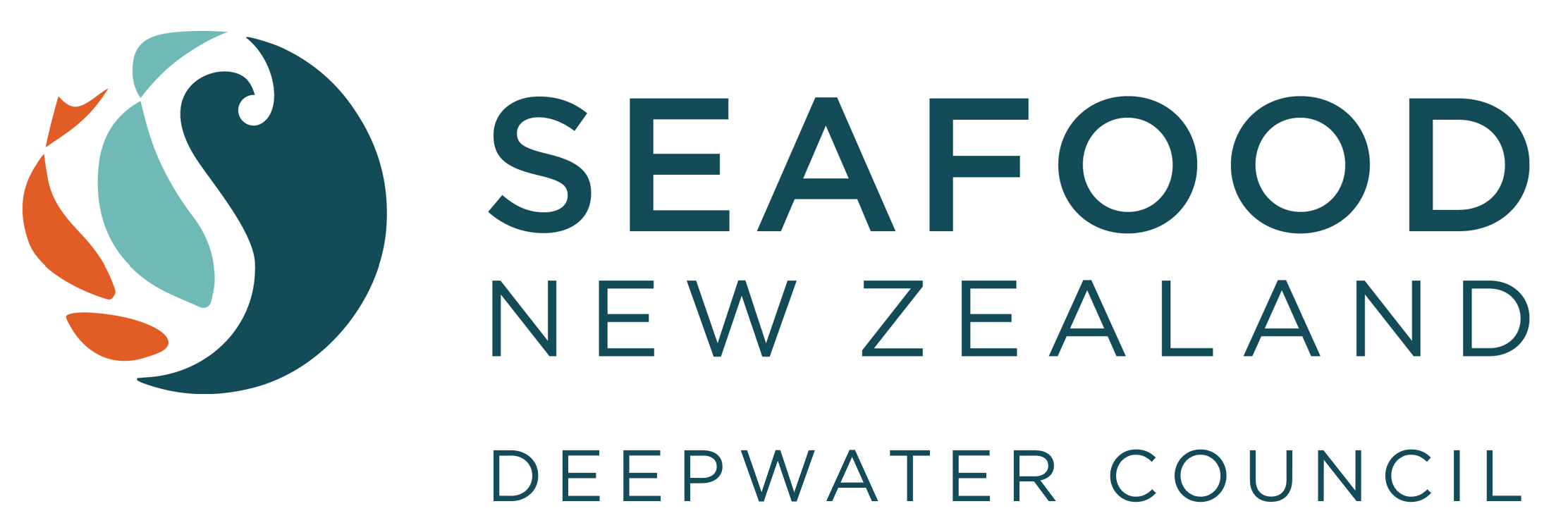A tiny community of New Zealand sea lions on the Otago Peninsula is helping scientists solve the mystery of why some populations are doing better than others.
There are thought to be only 10,000 New Zealand sea lions left, and pup production at the main breeding population in the Auckland Islands has declined by half since the late 1990s.
Sea lions are classified as “nationally critical” which is the highest threat status in the New Zealand threat classification system.
But on the Otago Peninsula a small population of females, that produce fewer than 10 pups a year, has been growing at the same time the Auckland Islands population has declined. NIWA marine scientist Dr Jim Roberts says he and other scientists have been studying the survival, reproductive rate, diet and other biological factors of different colonies, and they are coming up with answers.
“There has been a tendency in the past to work backwards from a particular threat and come up with explanations as to how this has caused the decline seen at the Auckland Islands,” says Dr Roberts. “Alternatively, we can work outwards from the sea lions and ask: ‘what has actually changed in their biology and what is this telling us?’”
At Otago the reproductive rates are higher than at the Auckland Islands, far fewer die in the first years of life, and females are producing pups at a younger age.
“The comparison with Otago sea lions is telling us what these sea lions should be capable of.”
Dr Roberts presents today [Wednesday 8 July] at this week’s New Zealand Marine Sciences Society conference in Auckland, and describes changes in the demographics and biology of sea lions on the Auckland Islands.
Dr Roberts says the recolonisation of Stewart Island – where more sea lion pups are being found each year – and the Otago Peninsula is really positive for the species. Females rarely pup away from their birth site and the recovery of the ancient breeding distribution around the mainland could be a slow process.
At the Auckland Islands, Dr Roberts says that research is also showing the decline in the number of sea lions is not due to just one single factor, but several threats.
“It’s not just pup survival or adult survival alone. Mortalities relating to interactions with trawl gear are not sufficient to explain all the changes we are seeing. There are a number of clues that point to nutritional stress, and disease is also affecting the number of pups who survive to adulthood.”
There have been several bacterial disease epidemics, which have caused unusually high mortality at the Auckland Island colonies. It is not known what caused the epidemic that occurred in 1998, whileKlebsiella pneumonia has been shown to cause the epidemics in 2002 and 2003. Work by Massey scientists Dr Wendi Roe and Sarah Michael shows that the problem has actually worsened since then. Their research suggests that Klebsiella has become endemic at the Auckland Islands, Dr Roberts says, and may have been responsible for killing hundreds of pups in some years. Once the disease is acquired pups have poor resistance.
Ultimately a vaccine could be developed though that would be costly. Disease interventions in the wild are difficult so in order to have the greatest impact we need to understand how sea lion pups are exposed to Klebsiella. To do this, Massey scientists have been working with field biologists, contracted as part of DOCs annual sea lion monitoring programme, including Dr Simon Childerhouse to improve our understanding the disease.
Meanwhile, MPI and DOC are jointly developing a NZ sea lion Threat Management Plan. Dr Roberts is working on a risk assessment model that forms an integral part of this plan. The plan is due for completion next year and will provide recommendations for addressing key threats.
“Normally if pup survival is low it suggests their mothers aren’t getting enough food – this is because pups are dependent on their mums for at least the first 10 months of life. We can also see short periods where adult survival and pupping rate at the Auckland Islands have been really poor, particularly compared to the Otago Peninsula sea lions.”
Dr Roberts says more work is needed to identify the key prey species sea lions need to be productive. Sea lions eat a range of species, which varies depending on where they are. Changes in the availability of prey are likely to be crucial to reproductive success.
“I feel we are beginning to solve some aspects of this puzzle. It looks very much like the sea lions are suffering nutritional stress as a result of changes in prey availability around the Auckland Islands, and some years it might be quite extreme. Disease is also clearly affecting the survival of pups.
“If we continue to think critically about changes occurring in sea lion populations and to compare growing and declining colonies we will continue to uncover the main threats.”
